Este post também está disponível em:
Português
English
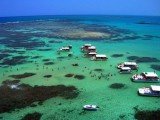
The north coast of Alagoas is known as the Coral Coast, it has the second largest coral reef in the world. There are 130 km highlighted by the green of the coconut trees and the intense blue of the sea.
The exuberance of the natural pools and biodiversity of marine life are attractions apart and of indescribable beauty.
Several municipalities are part of this scenario rich in attractions, where nature reigns absolute and offers the best services to visitors.
See the map of the Coral Coast – North Coast of Alagoas .
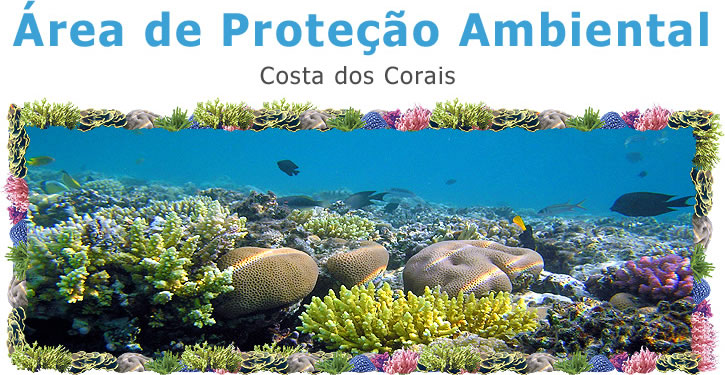

Costa dos Corais em Alagoas
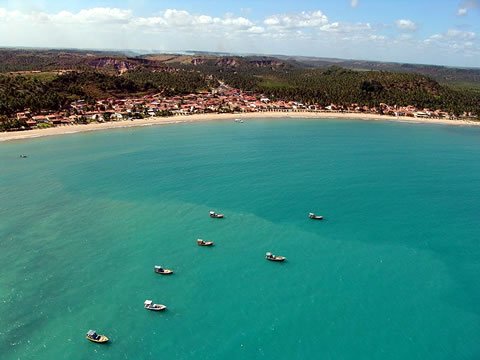
Japaratinga em Alagoas
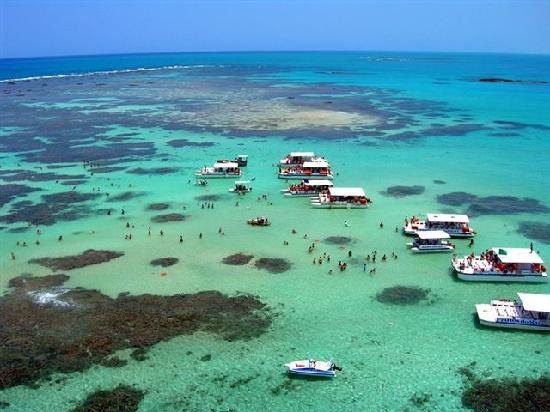
Maragogi em Alagoas
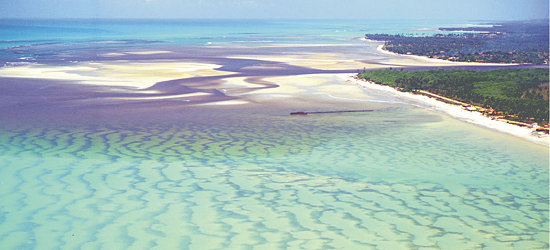
São Miguel dos Milagres em Alagoas

Barra de Santo Antonio em Alagoas
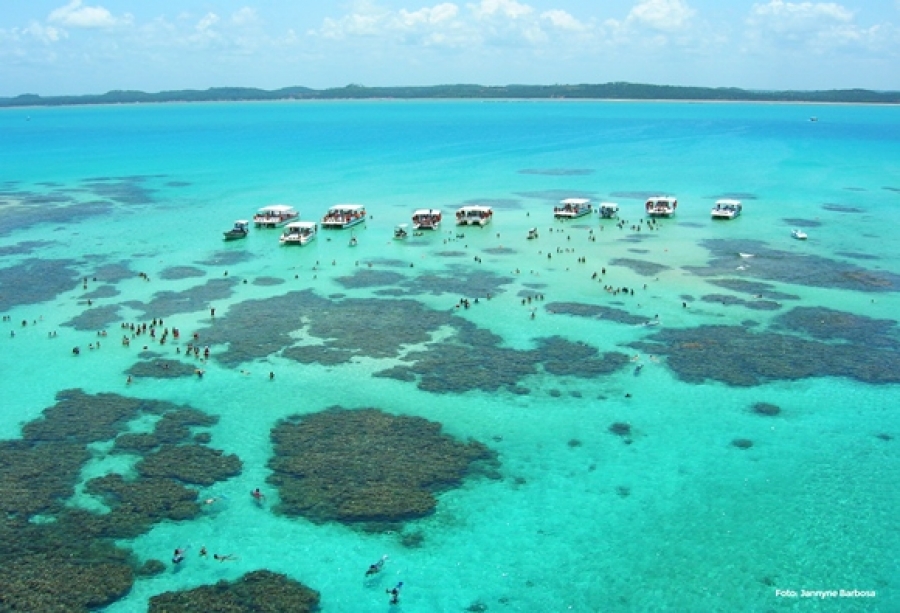
Costa dos Corais - Alagoas e Pernambuco - Parte 1
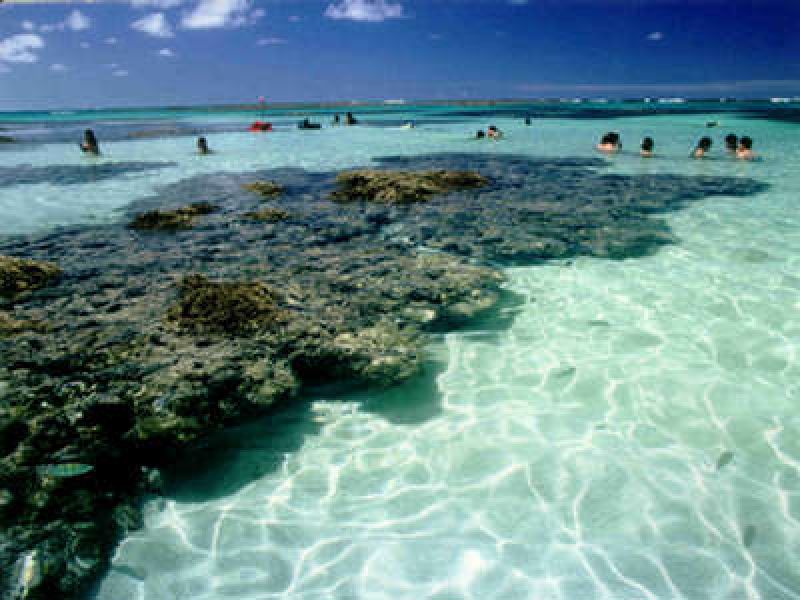
Costa dos Corais - Maragogi - Parte 2
Tourist spots of the Coral Coast
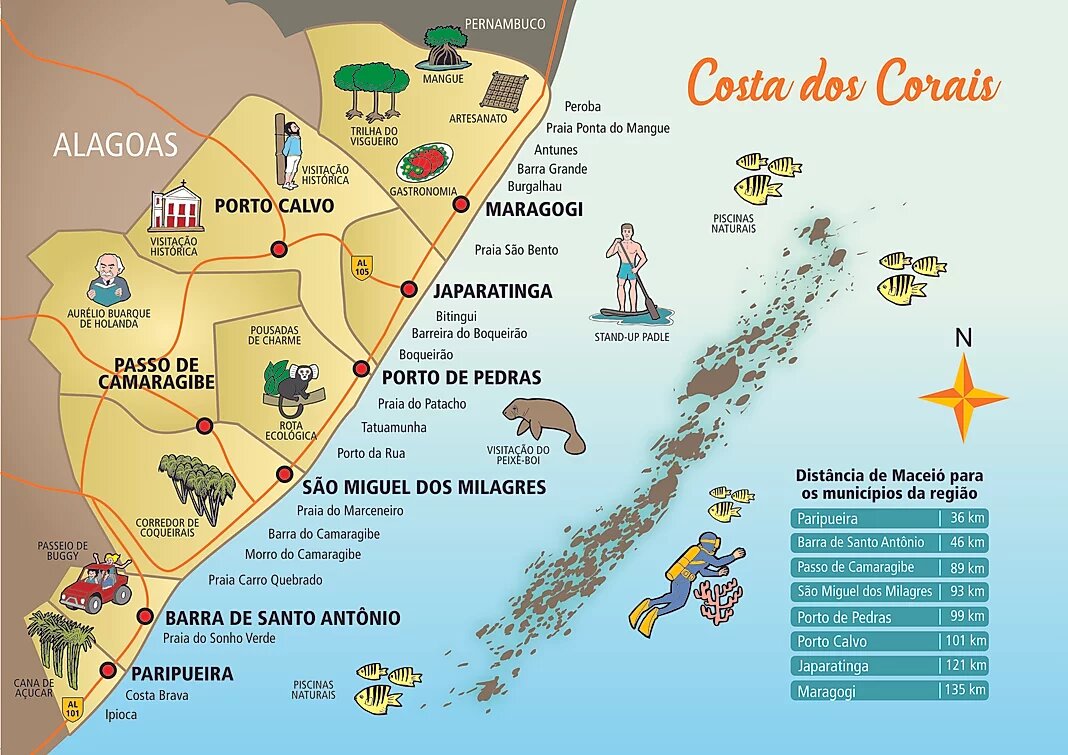
PARIPUEIRA
Paripueira on the Coral Coast 36 km from the center of Maceió, name meaning “calm waters”.
The city originated from a fishing colony, and the proximity to Maceió became a summer area. Until 1988 the town belonged to the municipality of Barra de Santo Antonio.
The population is 10 thousand inhabitants and the economy is generated by fishing, tourism and sugar cane. The municipality has infrastructure, beautiful beaches such as Paripueira and Sonho Verde and the largest concentration of natural pools in Brazil.
It is an ecological retreat where the first Municipal Park for the Preservation of the Manatee in Latin America was created.
BARRA DE SANTO ANTONIO
Barra de Santo Antonio is 45 km from Maceió on the Coral Coast, its population is approximately 15 thousand inhabitants.
The municipality, on the banks of the Santo Antonio River, which gave rise to the name of the city, is divided into the simplicity of the life of its natives and the grandeur of some historical monuments of Dutch architecture of the 18th century.
The greatest wealth of the municipality is the natural heritage, it has a large river bordered by maguezais, beautiful beaches like Tabuba, Carro Quebrado and Ilha da Croa.
Apart from the natural attractions, Barra de Santo Antonio has infrastructure to receive its visitors.
PASSO DE CAMARAGIBE
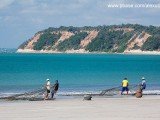
Passo de Camagaribe is 89 km from Maceió, has a population of approximately 14 thousand inhabitants, is the hometown of Aurélio Buarque de Holanda.
On the bank of the Camaragibe River, the village of Passo began, a point where the river offered more ease in the passage of those who came from Pernambuco to Alagoas and was a support point for Dutch ships, hence the origin of the name, which became a city in 1880 and was part of the historical events due to the Dutch invasion.
Inns and farm hotels are part of the landscape of this municipality that has in the cultivation of Coco da Bahia, sugar cane, fishing and livestock its main economic activities and has the Coco de Roda and Samba Matuto, the representatives of popular culture.
Visitors are enchanted by the richness of the natural potential: rivers, lagoons and mangroves with a dynamic topography containing hills and cliffs, as well as an exuberant sea of reefs and corals, the beaches of Barra de Camaragibe, Marceneiro and dos Morros are elected as the most beautiful.
SÃO MIGUEL DOS MILAGRES
93 km from Maceió, with approximately 9,000 inhabitants, São Miguel dos Milagres on the Coral Coast became a municipality in 1960 and to this day maintains an aspect of exclusivity.
It is said that a very sick fisherman found an image of St. Michael on a beach and was cured of the disease immediately, hence the origin of the name of the city.
Its quiet and paradisiacal physical space is shared with charming inns that have one of the best cuisines and stand out for being one of the most charming lodging circuits in Brazil.
A boat trip on the waters of the Tatuamunha River is possible to have a fantastic encounter with manatees swimming among the mangroves.
The beaches of Toque, Porto da Rua and São Miguel dos Milagres are attractions of the municipality.
At the top of Morro do Cruzeiro you can feel how enchantingly beautiful the magnificent coastal landscape is.
PORTO CALVO
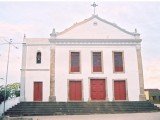
Porto Calvo is on the Coral Coast and is 96 km from Maceió, with an estimated population of 25 thousand inhabitants and is situated 35 meters above sea level. The origin of the name comes from a legend: It is said that an old bald man lived on the banks of the river and built a port.
In 1889, the 16th century parish became a city. It has as illustrious sons Zumbi, Guedes de Miranda and Domingues Fernandes Calabar who became famous in the history of the country for having allied with the Dutch, some historians consider him a hero and others judge him a traitor.
Despite being a very old city, Porto Calvo is a modern municipality, currently it is only a historical reference that can be seen in the few existing collections of the 16th century: The example of the Church of Nossa Senhora da Apresentação, considered a national monument, listed in 1955 and the Alto da Forca.
Igreja Matriz de Nossa Senhora da Apresentação
Listed by the National Historical and Artistic Institute It was built in 1610 and has undergone consecutive decommissioning. The door structure is primitive. The high altar was replaced by another in 1930. It has images of great beauty and value. Listed by the National Historical and Artistic Heritage Institute on January 17, 1955.
PORTO DE PEDRAS
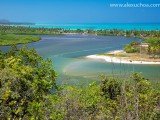
Porto de Pedras is 128 km from Maceió, has a beautiful landscape between the sea and a slope of stones; which gave rise to the name of the village, which became a municipality in 1921, and has a population of 11 thousand inhabitants.
In 1633, Porto de Pedras suffered the invasion of the Dutch, but the Portuguese conquered the domain back, and part of that time is still preserved in the conservation of some buildings from the 17th to 19th centuries.
A lighthouse, located on top of the hill, gave the city a touch of charm and from the top you can see the immensity of the coastline formed by beautiful beaches.
Praia de Tatuamunha and Praia do Patacho are part of the almost untouched beaches of immense beauty, it is in this tranquility that a couple of manatees live.
The ferry crossing across the Manguaba River that divides the municipality with Japaratinga presents a passionate scenario, are coconut trees, mangroves of exotic beauties that reign absolute in a demonstration of harmony.
JAPARATINGA
Japaratinga on the Coral Coast is 121 km from Maceió, has approximately 8 thousand inhabitants, the municipality owes its origins to a fishing colony that began to develop from the 19th century with the beginning of the coconut cycle.
Until 1960 Japaratinga belonged to Maragogi. Today, it is an important tourist center, with excellent infrastructure with restaurants, hotels and charming inns that make the difference in the quality of services.
The exotic beauty of the coconut farms can be admired by horseback riding, the rivers and streams can be contemplated on boat trips, and the beaches that fascinate such as Barreira do Boqueirão, Bitigui and Japaratinga are some of the attractions that enchant visitors.
The city has buildings from the 18th century. The Mother Church, built by the Dutch, maintains its original characteristics.
The typical handicrafts of the city are made with coconut straw.
MARAGOGI
Maragogi on the Coral Coast is 131 km from Maceió, with a population of 25 thousand inhabitants, is the second most sought after destination in Alagoas. Due to the river that bathes the place, Maragogi which means “free river” gave name to the village in 1892.
The excellent tourist infrastructure, several hotels, inns, farm hotels, restaurants, craft centers and various leisure options add to the quality of services in the municipality.
Scenarios such as fishing villages, farms with reserves and trails of Atlantic forest, abundance of coconut trees, beautiful beaches with crystal clear waters, especially the beaches of São Bento, Peroba, Burgalhau, Barra Grande and galés, which are 06 km from the coast, formed by coral reefs are some of the natural riches of the municipality.
Maragogi has one of the most important ecosystems in Brazil, the diverse fauna and flora of marine species are a paradise for the eyes of those who are passionate about diving.
Sailing along the rivers admiring the preserved mangroves, buggy rides along beautiful beaches, practicing ecobike, bathing in spouts, waterfalls, are some of the options for those looking for contact with nature.



















